Artist Hiroshi Sugimoto: ‘Photography is a second-class citizen in the art world’
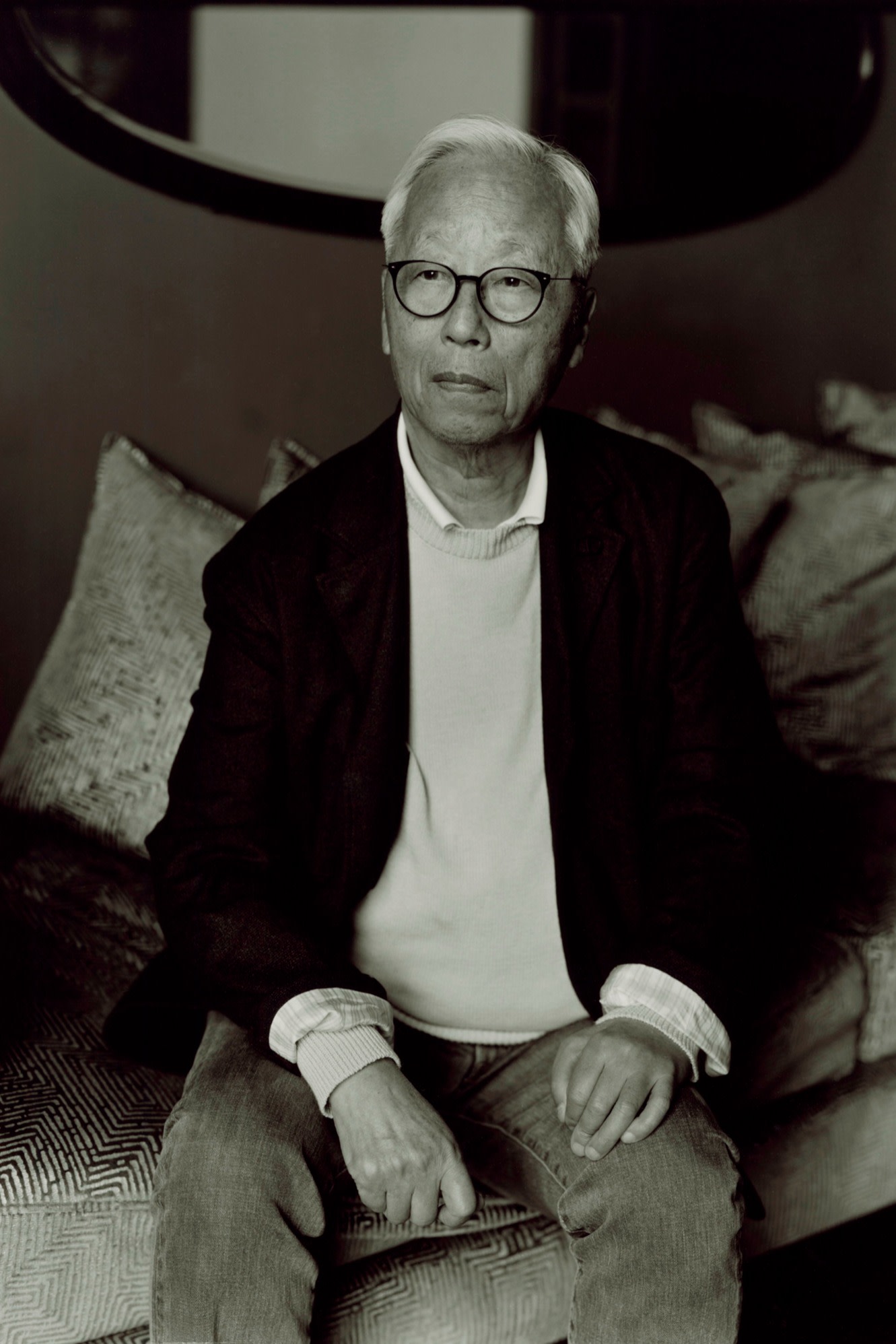
Roula Khalaf, Editor of the FT, selects her favourite stories in this weekly newsletter.
“My work will be on the ceiling — I feel like Michelangelo,” says artist Hiroshi Sugimoto, describing his work at Venice’s newest space for contemporary art, the Palazzo Diedo, which opens next week. Restored by the Berggruen Arts & Culture foundation, the 18th-century building will have commissions from 11 artists on permanent display. Sugimoto’s seven by six metre ceiling work, a close-up of an electrical current, comes from the Lightning Fields series, part of his investigation into frozen time; it has been printed on fabric then stretched and suspended for the palazzo. “If you look up, it’s as if you’ve been hit by lightning,” smiles Sugimoto, his contained demeanour replaced with childish delight.
He gets more than a ceiling, though. On show elsewhere in the building are nine of his latest Opticks works, for which he splits light through a prism that he has designed himself, based on the principles of Isaac Newton; he then photographs its coloured projections, creating mesmeric abstractions. (Works from this series will be on show at Lisson Gallery in New York from May 2.)
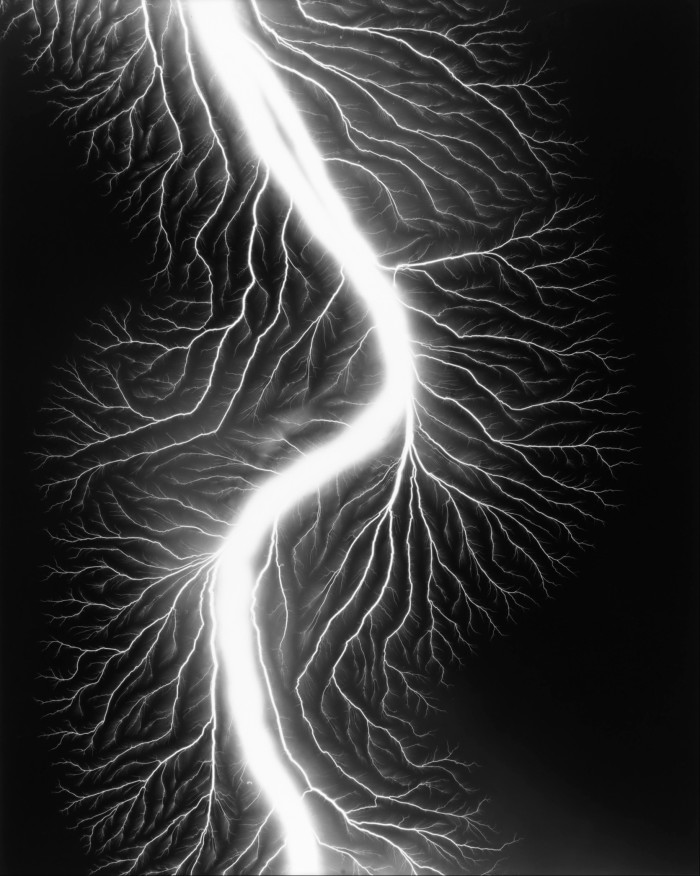
It seems surprising that the artist, who has described himself as “the last black and white, conventional, traditional photographer”, should have plunged so deeply into the full spectrum. “As I get towards the end of my life, I am finally turning to colour,” Sugimoto says when we meet in Paris in early April. It is one of many references he makes to dying, despite being a sprightly 76. Conversely, he also describes his recent survey at London’s Hayward Gallery, now in its next iteration in Beijing’s UCCA museum, as “a mid-career retrospective”, with a gleam in his eye.
He is certainly not slowing down. Before his palazzo show came the opening of Staged, an exhibition of his photographs of Alberto Giacometti’s sculptures, held in the jewel-like rooms of the Institut Giacometti in Montparnasse (until June 23). Giacometti is not the only modern master Sugimoto has been associated with: his Seascapes series, ethereal images of where the ocean meets the sky, is often compared to Mark Rothko’s paintings and they were shown together at Pace gallery’s landmark London opening in 2012.
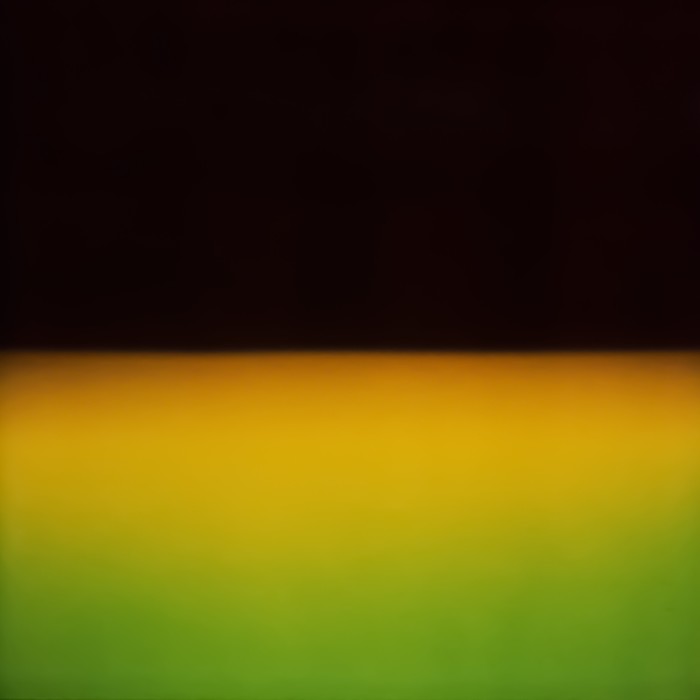
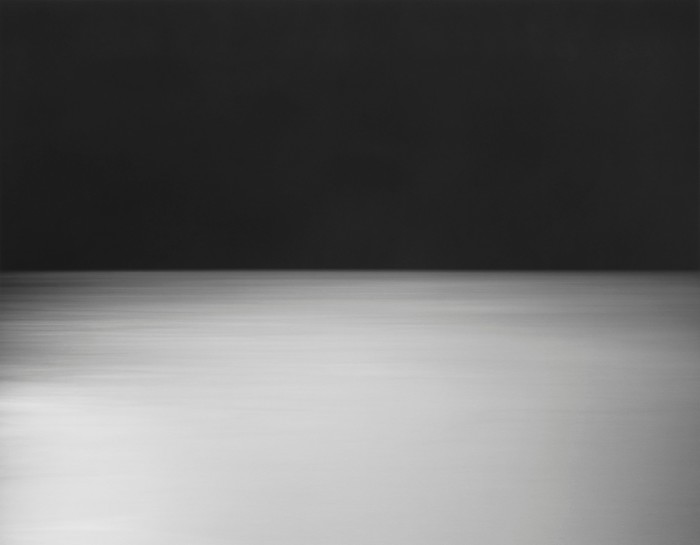
“We have a similarity of vision. Some of my works are very like Rothko, but there is a huge price difference,” he says, grinning again. Indeed, Rothko’s works often come to market with eight-figure prices tags (his auction record stands at $86.6mn) whereas for Sugimoto, whose Seascapes are in most demand, the top price paid — for a set of three works — is $1.9mn.
The difference, he believes, is partly because “photography is a second-class citizen in the art world”, something that stems, he half-jokes, from the fact that “when it was invented in 1839, painters were so jealous!” He concedes, though, that the potential to reproduce a photo caps prices in a market that prizes individual works. (He points out that his Opticks are produced in an edition of one.) He emphasises that his process is “as much about the hand as the eye”: he mixes his own chemicals and develops his own work.
The self-taught Sugimoto never set out to be an artist but was conscious that he did not fit the mould for which he was born. “I was the eldest child, I was expected to take over the family [pharmaceuticals] business, but my father could see that I was a radical Marxist, so he let my younger brother take that on,” he says. He describes his parents as supportive of his artistic leanings; they paid for him, aged 22 in 1970, to study commercial photography at the ArtCenter College of Design in Los Angeles. Here, he says, the school let him skip two years once they saw his work.
Sugimoto stayed in the US for more than 50 years, moving to New York in 1974 where, he says, “everything was faster and deeper, people were so intelligent.” He funded his early work by running a Japanese antiques dealership and had his first break in photography thanks to the Museum of Modern Art.
“They had a portfolio review system for young artists, where you could drop off your work and pick it up one week later. I went to pick mine up, in a Mickey Mouse T-shirt and jeans, and the receptionist said that John Szarkowski — the emperor of photography — wanted to see me,” Sugimoto recalls. Szarkowski, MoMA’s director of photography between 1962 and 1991, wanted to acquire two of Sugimoto’s striking Diorama works — photos of the stuffed-animal displays in New York’s American Museum of Natural History, whose layers of reality prove provoking and discomfiting still today. A few years later, in 1981, Sugimoto’s first private buyer was the artist Robert Rauschenberg, who also bought a Diorama work after he saw the artist’s show at Sonnabend Gallery.
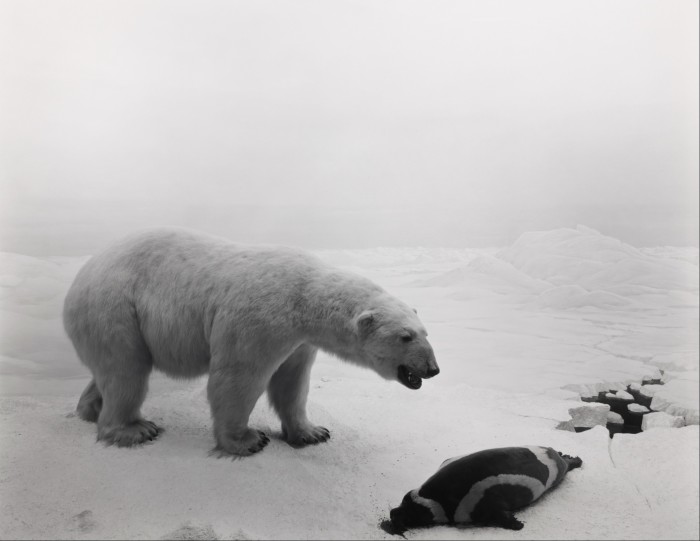
Come 1995, Sugimoto was able to stop his antiques trading business when the Metropolitan Museum of Art held his first major solo institutional show. Career highlights since are too many to mention for an artist who has always sought the secret to capturing both the conceptual and the abstract within the truth of a photograph. Landmark projects outside of photography include redesigning the sculpture garden at Washington DC’s Hirshhorn Museum.
He won’t be in Venice for the Biennale’s opening. “I’ve done such festivities for many years, I’m tired,” he says, adding that he also has prior commitments at home in Japan. His move back there was forced by the pandemic, “when I happened to be in Tokyo and then couldn’t leave for three years”. The situation soon suited his ambitions for what he describes as “the final stage of my art creation”, namely the Enoura Observatory, a cultural complex he designed on Japan’s coast.
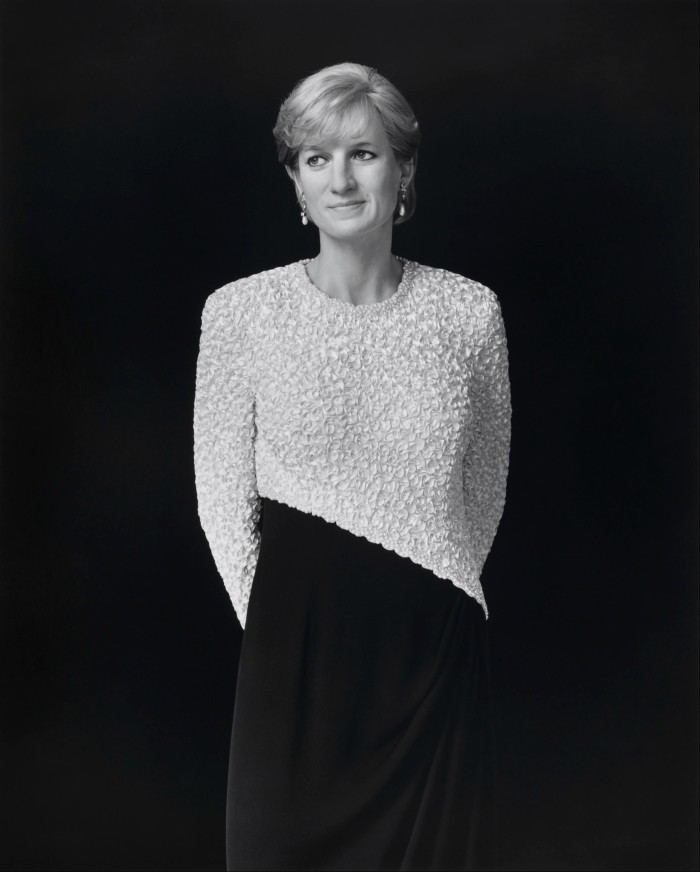
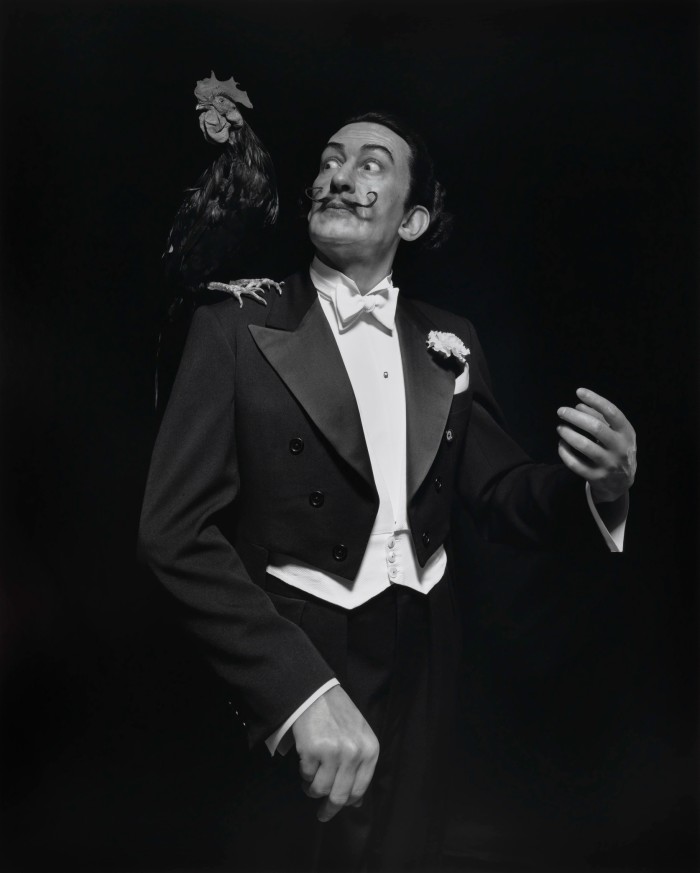
The homecoming is particularly sweet, he says, as his earliest memory, the source of the Seascapes, is of riding on a train “past that exact coastline”. The observatory is an extension of his foundation, into which he says he puts all the profits from his commercial work. “My family [he has two children and three grandchildren] knows that I want to die cash-zero. They can have my art,” he says. For a “mid-career” artist who shows no sign of stopping, that seems like a good deal.
Palazzo Diedo opens April 19, berggruenarts.org. ‘Hiroshi Sugimoto: Optical Allusion’ opens at Lisson Gallery, New York, on May 2, lissongallery.com
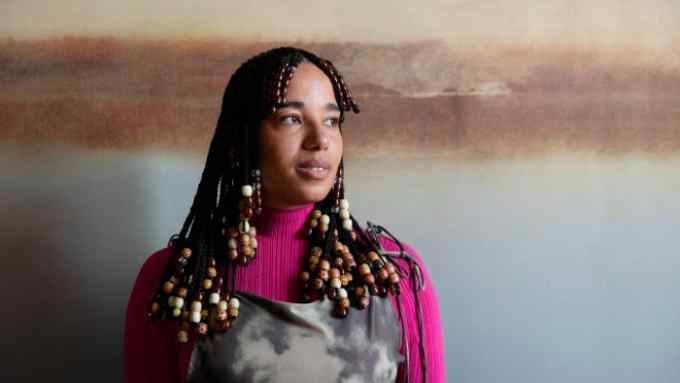
Comments